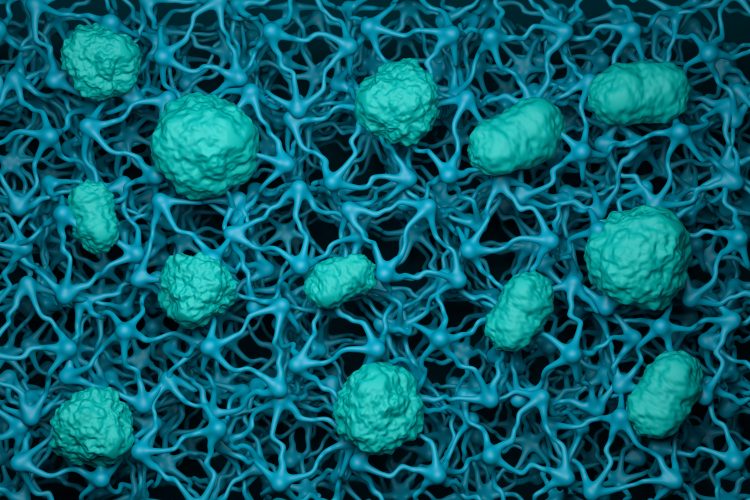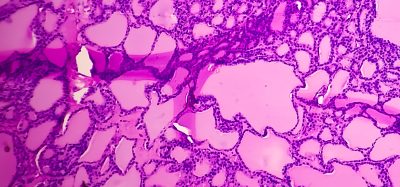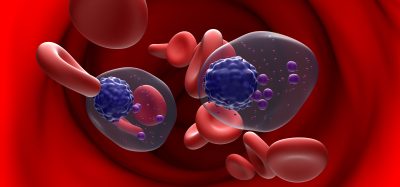Modelling the blood-brain barrier with organoids
Posted: 22 May 2024 | Drug Target Review | No comments yet
The world’s first generation of human BBB organoids from hPSCs accurately replicated features of cerebral cavernous malformation.


Researchers at Cincinnati Children’s, the Mayo Clinic, and UC San Diego have developed the world’s first human mini-brain that incorporates a fully functional blood-brain barrier (BBB). This breakthrough promises to accelerate the understanding of, and the development of novel treatments for, many brain disorders, including brain cancer, Alzheimer’s disease (AD) and Parkinson’s disease (PD).
Lead corresponding author Dr Ziyuan Guo explained: “Lack of an authentic human BBB model has been a major hurdle in studying neurological diseases…Our breakthrough involves the generation of human BBB organoids from human pluripotent stem cells, mimicking human neurovascular development to produce a faithful representation of the barrier in growing, functioning brain tissue. This is an important advance because animal models we currently use in research do not accurately reflect human brain development and BBB functionality.”
A correctly functioning BBB maintains brain health by inhibiting the entry of dangerous substances from the bloodstream into the central nervous system (CNS) yet enabling essential nutrients to reach the brain. However, the BBB also prevents potentially helpful medicines from reaching the brain. Numerous neurological disorders are caused, or worsened, when the BBB forms improperly or begins breaking down.
Many drugs developed from extensive testing in animal models have failed when later assessed in human study participants, due to the significant differences between human and animal brains. Dr Guo added: “Now, through stem cell bioengineering, we have developed an innovative platform based on human stem cells that allows us to study the intricate mechanisms governing BBB function and dysfunction. This provides unprecedented opportunities for drug discovery and therapeutic intervention.”
Cincinnati Children’s has been a leader in developing types of organoids, including the world’s first functional intestine, stomach and oesophagus organoids. Now, they have led a project that is the first to succeed at making a brain organoid that features the BBB. The researchers named their new model “BBB assembloids.” These assembloids combine brain organoids that replicate human brain tissue and blood vessel organoids that mimic vascular structures.
Brain organoids measuring three to four millimetres in diameter and blood vessel organoids measuring about one millimetre in diameter were fused into a single sphere over the course of about a month. This sphere recreated many of the neurovascular interactions observed in the human brain. Importantly, the BBB assembloids can be grown from neurotypical human stem cells or stem cells from people with certain brain diseases. Therefore, the organoids replicate gene variants and other conditions that can lead to a malfunctioning BBB.
The team used a line of patient-derived stem cells to create assembloids that accurately replicated features of cerebral cavernous malformation, a genetic disorder characterised by dysfunctional BBB integrity and an increased risk of stroke. Dr Guo commented: “Our model accurately recapitulated the disease phenotype, offering new insights into the underlying molecular and cellular pathology of cerebral vascular disorders.”
The scientists foresee many potential uses of BBB assembloids, such as personalised drug screening, disease modelling, high-throughput drug discovery, environmental toxin testing, immunotherapy development, and bioengineering and biomaterials research.
“Overall, BBB assembloids represent a game-changing technology with broad implications for neuroscience, drug discovery, and personalised medicine,” Dr Guo concluded.
This study was published in Cell Stem Cell.
Related topics
Central Nervous System (CNS), Drug Discovery, Drug Targets, Organoids, Personalised Medicine, Stem Cells
Related conditions
Alzheimer's disease (AD), Brain cancer, brain diseases, cerebral cavernous malformation, Parkinson's disease (PD)
Related organisations
Cincinnati Children's, Mayo Clinic, UC San Diego
Related people
Dr Ziyuan Guo (Cincinnati Children's)








